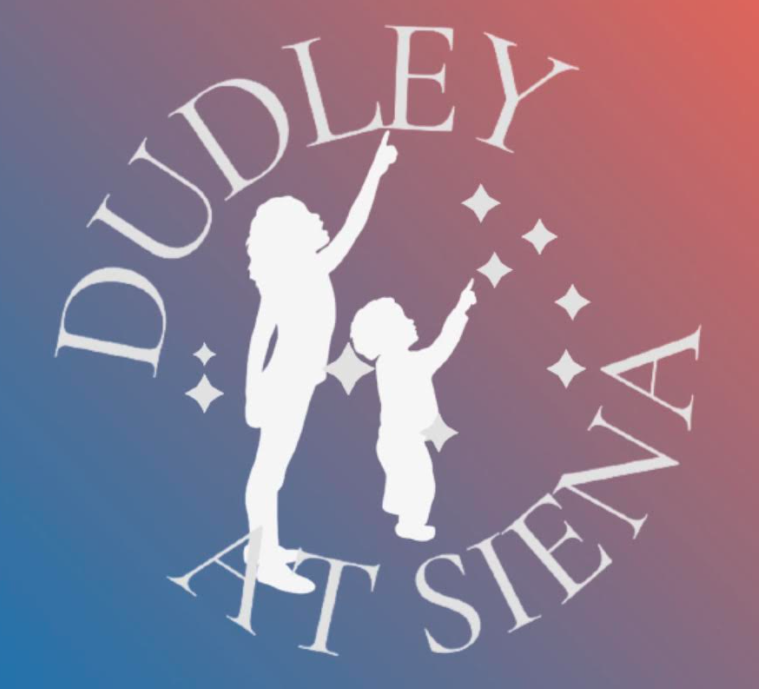Posts Tagged ‘Dudley Observatory’
Skywatch Line for Monday, and Tuesday, December 9th and 10th, written by Joe Slomka
This is the Skywatch Line for Monday, and Tuesday, December 9th and 10th, written by Joe Slomka. The Sun sets at 4:21 PM; night falls at 6:03. Dawn begins at…
Read MoreSkywatch Line for Friday, December 6, through Sunday, December 8, written by Sam Salem
This is Dudley Observatory’s Skywatch Line for Friday, December 6, through Sunday, December 8, written by Sam Salem. On Friday, Sun rises at 7:12am and sets at 4:21pm; Moon rises…
Read MoreSkywatch Line for Wednesday and Thursday, December 4 and 5, 2024, written by Alan French
This is Dudley Observatory’s Skywatch Line for Wednesday and Thursday, December 4 and 5, 2024, written by Alan French. The Sun rises at 7:10 A.M. on Wednesday and sets at…
Read MoreSkywatch Line for Monday, and Tuesday, December 2nd and 3rd, written by Joe Slomka
This is the Skywatch Line for Monday, and Tuesday, December 2nd and 3rd, written by Joe Slomka. The Sun sets at 4:22 PM; night falls at 6:03. Dawn begins at…
Read MoreSkywatch Line for Friday, November 29, through Sunday, December 1, written by Sam Salem
This is Dudley Observatory’s Skywatch Line for Friday, November 29, through Sunday, December 1, written by Sam Salem. On Friday, Sun rises at 7:05am and sets at 4:23pm; Moon rises…
Read MoreSkywatch Line for Wednesday and Thursday, November 27 and 28, 2024, written by Alan French
This is Dudley Observatory’s Skywatch Line for Wednesday and Thursday, November 27 and 28, 2024, written by Alan French. The Sun rises at 7:02 A.M. on Wednesday and sets at…
Read MoreSkywatch Line for Monday, and Tuesday, November 25th and 26th, written by Joe Slomka
This is the Skywatch Line for Monday, and Tuesday, November 25th and 26th, written by Joe Slomka. The Sun sets at 4:25 PM; night falls at 6:05. Dawn begins at…
Read MoreSkywatch Line for Wednesday and Thursday, November 20 and 21, 2024, written by Alan French
This is Dudley Observatory’s Skywatch Line for Wednesday and Thursday, November 20 and 21, 2024, written by Alan French. The Sun rises at 6:54 A.M. on Wednesday and sets at…
Read MoreSkywatch Line for Monday, and Tuesday, November 18th and 19th, written by Joe Slomka
This is the Skywatch Line for Monday, and Tuesday, November 18th and 19th, written by Joe Slomka. The Sun sets at 4:29 PM; night falls at 6:08. Dawn begins at…
Read MoreSkywatch Line for Friday, November 15, through Sunday, November 17, written by Sam Salem
This is Dudley Observatory’s Skywatch Line for Friday, November 15, through Sunday, November 17, written by Sam Salem. On Friday, Sun rises at 6:48am and sets at 4:32pm; Moon sets…
Read More